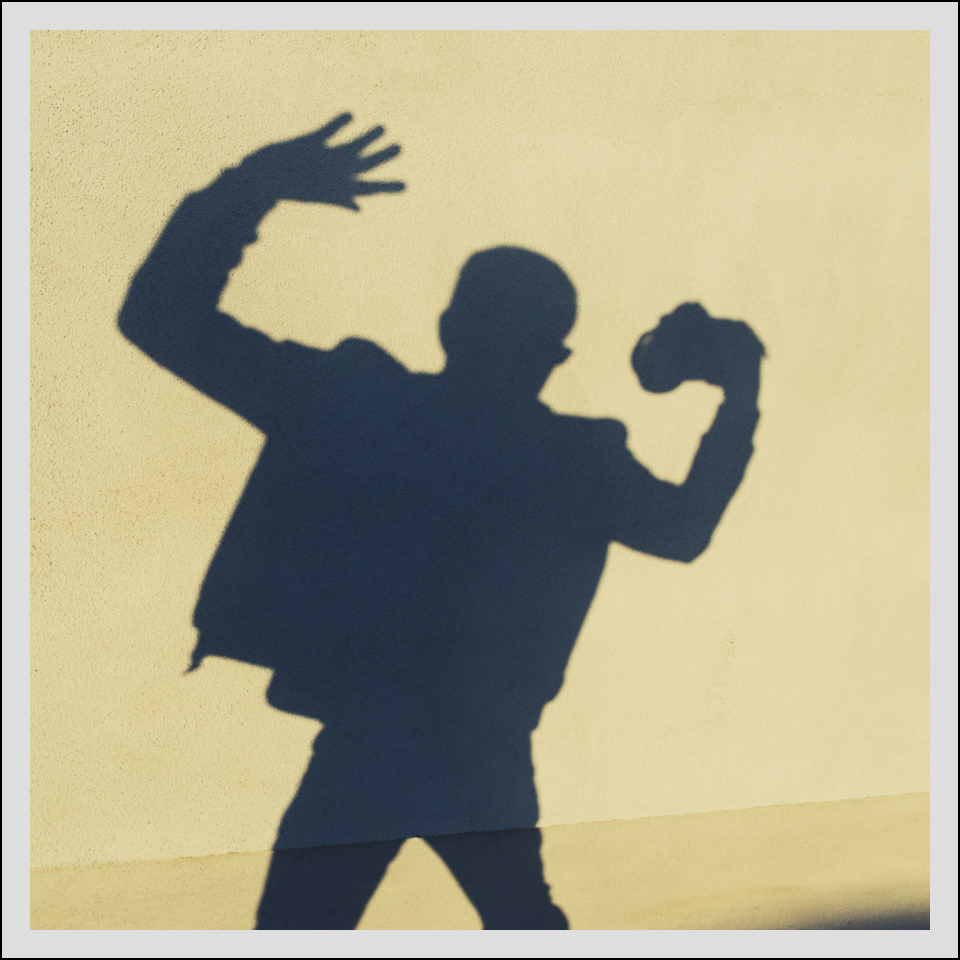The Man Whose Selfies Came To Life And Killed Him
It was all over in under a minute—less time than it usually took him to retouch a photo of himself.
By ![]() Jim Goad
Jim Goad


Ric Tungsten had just finished what would be the last dinner date of his life. The insurance-claims adjuster from Parma, Ohio had just treated a woman he’d met on Tinder to an all-you-can-eat buffet at the local Golden Corral—soft drinks included.
The woman had told him her name was Marla—after all, that was her Tinder name. But her real name was Jane. And she didn’t really live alone with her cats in a million-dollar mansion just outside of Cleveland. She lived with her mom in a two-bedroom cottage less than a mile from Ric, but she wasn’t about to tell him that on a first date.
Ric was born Richard Edwin Tungsten, Jr. to a working-class family. His mom, dad, and sister all called him Ricky, but as he entered adolescence he shortened it to the more mature-sounding Rick. Then, in a burst of creative flair late one night a couple years ago, he lopped off the “k” and made it “Ric” to express his individuality. To his immense frustration, people were always spelling it “Rick,” anyway.
There were so many things about Ric that he didn’t want the world to know. What his real car looked like. The fact that he spent most Friday nights alone at home. That never once in real life had he looked as good as he does in any of the pictures he posts online. His irritable bowel syndrome. The grey hairs that he dyes brown. Exactly which porn terms he searches online. The time he ran over a cat and kept driving.
Ric was so average that it was easy to miss him in a crowd. He was averaged-sized, average-looking, and at 37.8 years old, he was precisely the median age for Americans. He made an average income and had racked up an average number of sexual conquests for a man of his age and station in life.
On average, he would at least get a kiss if he bought a girl dinner at Golden Corral. But tonight he came up short. He’d worn the right shirt and the right cologne. He’d told all the right jokes. He expressed all the right opinions. He’d even acted as if he was concerned when Marla told him that her mother was ill. But after dinner when he asked her if she wanted to join him for drinks at the Hard Rock Cafe in Cleveland, she politely declined. And when he reached in to give her a goodnight kiss, she offered him her cheek instead of her lips. She thanked him for dinner, shook his hand, wished him luck, and was gone.
Good thing he’d taken those selfies with her.
He felt it was safe to post them on Facebook and Instagram because he hadn’t told Marla/Jane his last name, so she’d never see them. After returning home and relieving his sexual tension with his right hand—his most reliable sex partner throughout his life—he uploaded a couple dinner pictures he’d taken with her. In each shot, he was smiling broadly with his arm wrapped around her, while she was clearly cringing. Out of nearly three dozen photos he’d snapped, he picked two. Then he ran them through several filters, removed his acne scars, slimmed his nose, and tucked in his double chin. He removed the dark circles under Marla/Jane’s eyes and enlarged her breasts. Then he posted them along with hashtags such as #winning, #lookwholovesmenow, and #imastud.
The photo retouching had taken him the better part of a half-hour, at which point the post-masturbation endorphins sent him into a deep sleep.
This was when his selfies decided to kill him.
One by one, they emerged from his laptop and cellphone, filtering into his bedroom via Twitter and Instagram and Snapchat and Facebook and Tinder. In under a minute, there were more than two dozen Fake Rics crammed into his bedroom, staring malevolently down at the Real Ric, who was snoring and dreaming of having sex with Marla/Jane. Every one of these Fake Rics was more handsome, fit, rich, happy, and charismatic than the Real Ric. Could they even be called “selfies” if they didn’t reflect his true self? Perhaps “fakies” was a better term.
These were the Rics who received all those “likes” on social media. And they began to resent him because he was getting all the glory. It wasn’t he who was getting all those “likes,” all those right swipes, all that attention. It was these filtered and enhanced and fabricated pictures—they were the Rics that people actually liked. And they slowly realized that he needed them far more than they needed him. Online, people only saw Ric’s selfies. But in private, the selfies saw Ric as he was, and it embarrassed them. They no longer wanted to be associated with such an idiot loser.
But it wasn’t merely resentment that fueled their murder plot. It was also pity. They felt sorry for a man who once rented a Maserati just to pose for pictures with it. They couldn’t help but feel bad for a man who went to porn conventions just so he could take snapshots with porn stars. They felt compassion for a poor wretch who portrayed himself as a player but hadn’t been laid in over two years. To them, this was more than an act of vengeance—it was also an act of mercy, for they spared Real Ric the humiliation of the real world ever realizing that his life was nothing like it was portrayed in these photos.
The handsomest Fake Ric of all stepped forward, grabbed Ric’s iPhone 6 Plus, and shoved it past his teeth straight down his throat, choking him to death. The other Fake Rics piled on and restrained Real Ric as he vainly struggled for his life. It was all over in under a minute—less time than it usually took him to retouch a photo of himself.
Then they all went out to the Hard Rock Cafe and got laid—every last one of them.
Investigators were baffled. There were clear signs of a struggle, but the only DNA found at the crime scene was Ric’s. They eventually ruled it a suicide, impressed at his ability to shove an iPhone down his own throat.
Ric Tungsten had shown his best face to the world. Then that face turned around and ate him. ![]()




